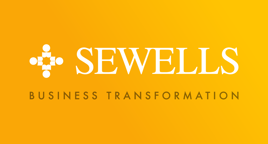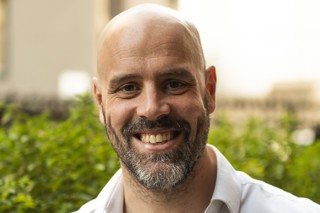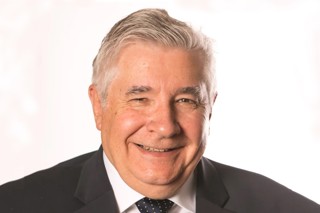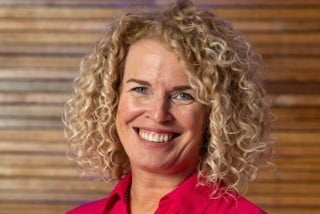The dynamic landscape of the automotive industry means that business leaders must manage the risks of change fatigue in their workforce and ramp up their communication, according to Gail Harrison, managing director of Sewells, in the latest of our advice series for dealership leaders.
The zero-emissions mandate, new challenger brands entering the UK and European markets, shifting consumer preferences, evolving dealer roles, economic pressures, and increasing technology use are creating a dynamic landscape in the automotive industry, which in turn is creating a constant state of change for those in it.
This constant barrage and the implications of these changes can result in generating more change than most people can comfortably handle, then when you add in the myriad of small daily/weekly changes that we expect people to deal with, these can take people to breaking point and result in change fatigue.
Human responses to constant change
Change fatigue is that feeling of being exhausted and frustrated with the amount of change or continuous transformation taking place and generally this manifests itself as resistance or a lack of excitement about new projects or developments, particularly if there’s a view that the goalposts keep moving.
As human beings, we have an enormous capacity for change, but anything which takes us outside our comfort zone, is essentially a cause for concern and can trigger us into “Fight, Flight or Freeze” mode.
Interestingly numerous smaller changes e.g. changing teams, having a new boss or learning a new process, can accumulate and cause individuals more pain than a large organisational change.
When we are making major changes in an organisation, we are often careful to create a plan and communicate (at least at the start), whereas smaller changes often get overlooked as we assume they are insignificant and won’t cause concern.
What we find, with our work across different organisations, is that it’s usually the little changes poorly executed or ignored which niggle people most and get under their skin.
When experiencing change fatigue, we usually see that people's change batteries have been depleted and they haven't had the chance to replenish them, before another change lands. While we are generally pretty well equipped to handle short-term changes and are quite resilient, most of us have limits to our capacity for dealing with constant change.
Change has significant implications not only for individuals' work lives but also for their well-being, and there is little doubt that some people have a greater capacity to absorb change than others.
A declining willingness to change
A 2016 Workforce Change survey by Gartner revealed that 74% of employees were willing to change work behaviours to support organisational changes. By 2022, this number had plummeted to 38%.
Of course, we had just emerged from the global pandemic, which had tested many people's long-term adaptability almost to breaking point. But when we talk to teams about change and how they feel about it, organisations are still guilty of trying to do too many things at once and not creating a workable plan for their teams that recognises that we are human, not machines.
Seven tips for leaders to guide individuals away from change fatigue
1) Start with the person before you start with the plans.
Acknowledge that change is uncomfortable for people. Ask how others feel about change and set time aside so that people can share how they're feeling/ voice their concerns/ raise questions.
2) Understand your team members and how they typically respond to change.
We are all different. What one person may easily cope with, may be the final straw for someone else. Schedule regular check-ins, so that you can gauge how they are doing. The change curve (which comes in many forms but is originally based on Elisabeth Kubler-Ross’s ‘Stages of Grief’) describes the stages most individuals go through as they adjust to change. Share the change curve and identify where your team members are.

(see below…contact us for details if you want us to walk you through this in more detail.)
3) Communicate as early as you can and often... even when you don’t have answers.
Keep talking to the team. Bring them on the journey as early as you can so that they have the chance to get used to the idea and can give you feedback / share how they feel.
4) Be transparent with information to prevent rumours and misinformation.
My favourite three letter code from my airline days is not a destination. It’s MSU – People MAKE STUFF UP and they rarely make it up positively.
5) Be brutally honest with yourself. Are you part of the change fatigue problem?
If you are a “pacesetter” as a leader, you may be racing ahead without getting the team aligned and on board. Counter-intuitive as it seems, sometimes you are better slowing things down in order to speed things up.
6) Remember that numerous smaller changes can be more overwhelming than large transformations.
Challenge yourself on whether you need to make all the changes you are making. Could you stop or defer some and give everyone a breather?
7) Use a change plan to get started.
The power of a plan is that it will get you started. But it won’t get you there because things change. Make sure your team know that.
In today’s world acknowledging that change fatigue exists and identifying and implementing strategies to deal with it is crucial to maintaining an engaged and productive workforce.
 Author: Gail Harrison, managing director, Sewells
Author: Gail Harrison, managing director, Sewells



















Login to comment
Comments
No comments have been made yet.